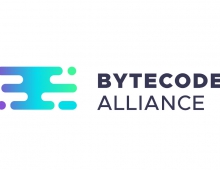
Mozilla Introduces BrowserID
Mozilla's Identity team today announced BrowserID: an experimental new way of signing into websites.
For a Web developer, creating a new application always involves an annoying
hurdle: how do users sign in? An email address with a confirmation step is the
classic method, but it demands a user's time and requires the user to take an
extra step and remember another password. Outsourcing login and identity
management to large providers like Facebook, Twitter, or Google is an option, but
these products also come with lock-in, reliability issues, and data privacy
concerns.
BrowserID implements the Verified Email Protocol. This means that a user can prove their ownership of an email address with fewer confirmation messages and without site-specific passwords.
Mozilla says that BrowserID will work on all modern browsers, including recent versions of IE, and on mobile browsers. Although the prototype is implemented entirely in HTML and JavaScript, the system is designed to integrate into future browsers.
Unlike other sign-in systems, BrowserID does not leak information back to any server (not even to the BrowserID servers) about which sites a user visits.
Mozilla added that BrowserID is currently experimental.For additional information visit browserid.org.
BrowserID implements the Verified Email Protocol. This means that a user can prove their ownership of an email address with fewer confirmation messages and without site-specific passwords.
Mozilla says that BrowserID will work on all modern browsers, including recent versions of IE, and on mobile browsers. Although the prototype is implemented entirely in HTML and JavaScript, the system is designed to integrate into future browsers.
Unlike other sign-in systems, BrowserID does not leak information back to any server (not even to the BrowserID servers) about which sites a user visits.
Mozilla added that BrowserID is currently experimental.For additional information visit browserid.org.





















